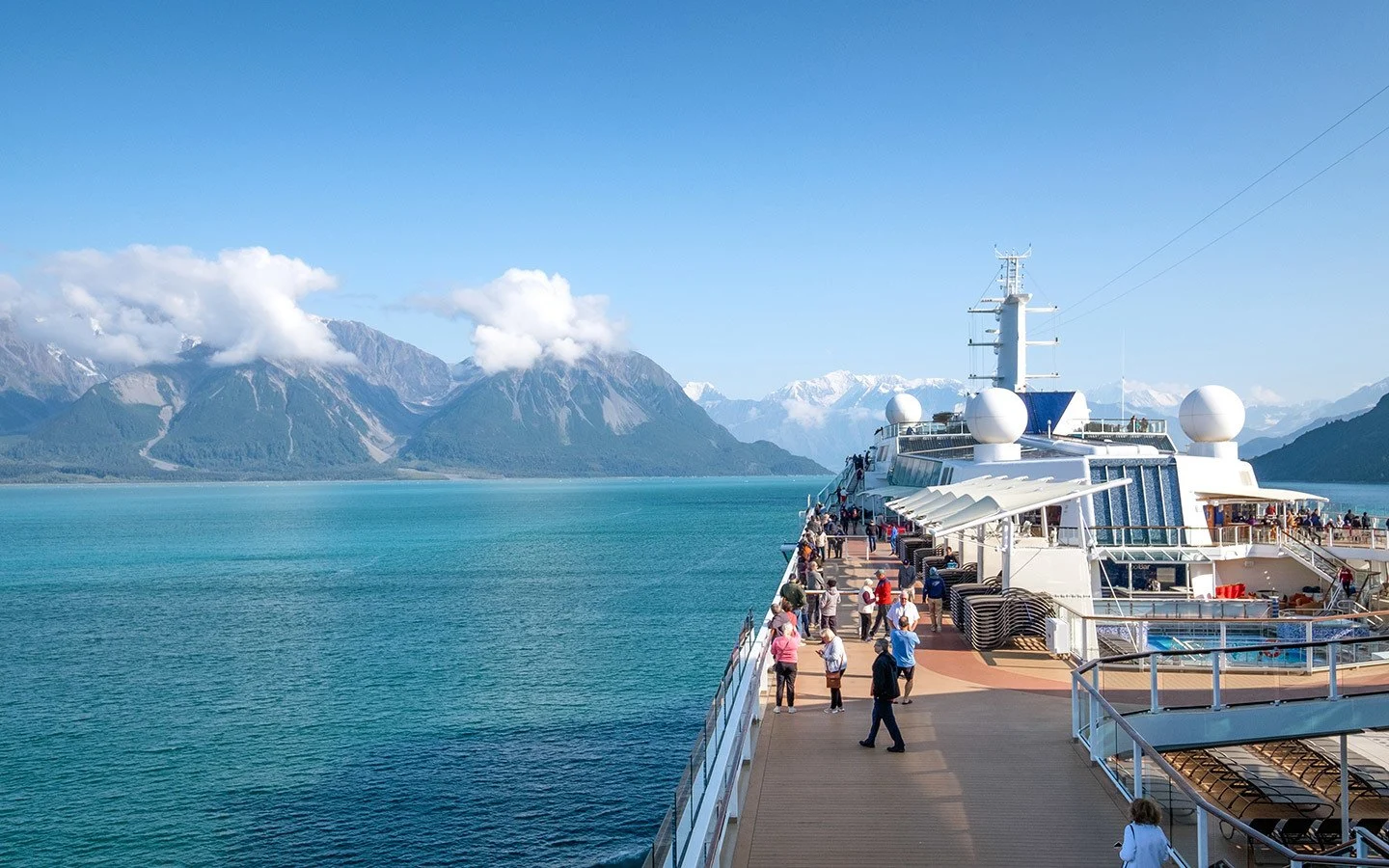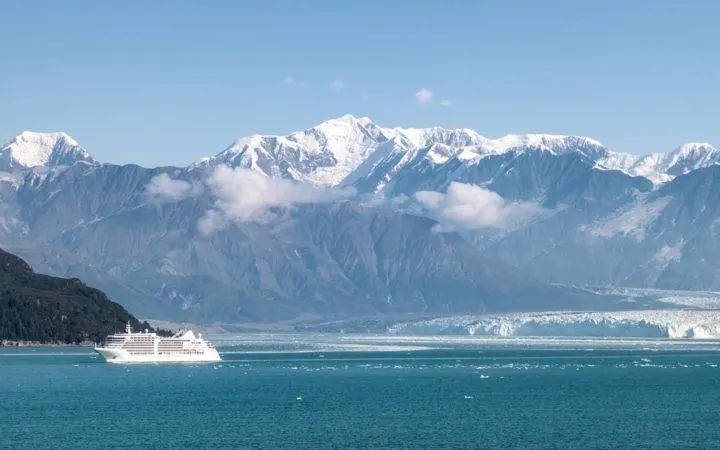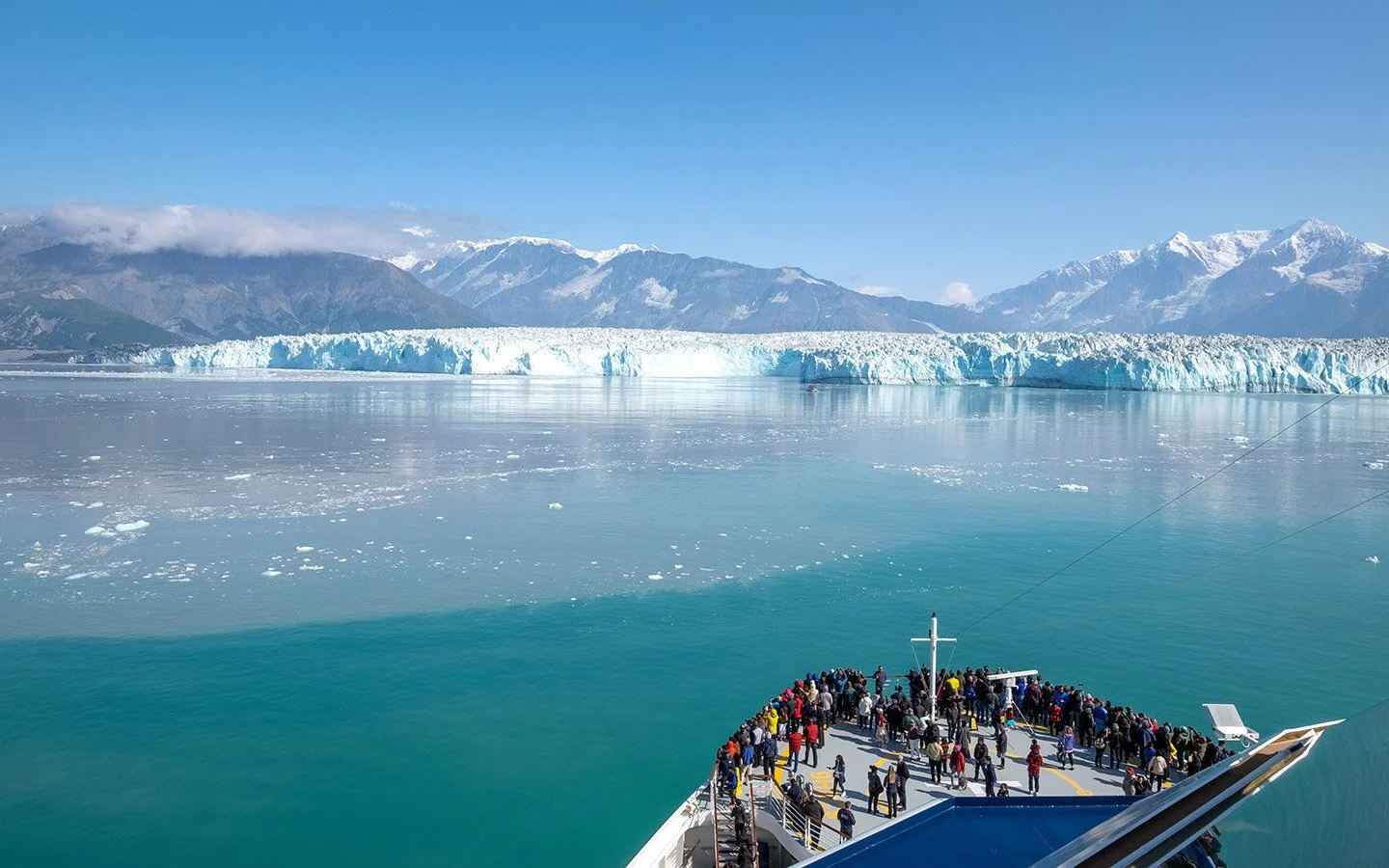
The thundering crevasses of disintegrating glaciers, snow-capped peaks, bears fishing for salmon in clear meltwater streams, and humpback whales swimming in turquoise waters. Alaska takes natural beauty to another level. But this vast wilderness isn’t the easiest place to get around, especially if you only have a week or two to spare. But its coastal network of islands, fjords and glaciers makes Alaska one of the most navigable regions in the world.
But if you’re planning an Alaska cruise, you’ll soon find a bewildering array of options – different departure ports, routes, stops and cruise lines. Cruises can be expensive, and you can’t completely change your mind halfway through and switch to another ship if you don’t think it’s a good fit, so you want to make sure you choose a good ship. But how do you decide which one that is? Here’s my guide to the questions that will help you choose the perfect Alaska cruise.
What to consider when choosing an Alaska cruise
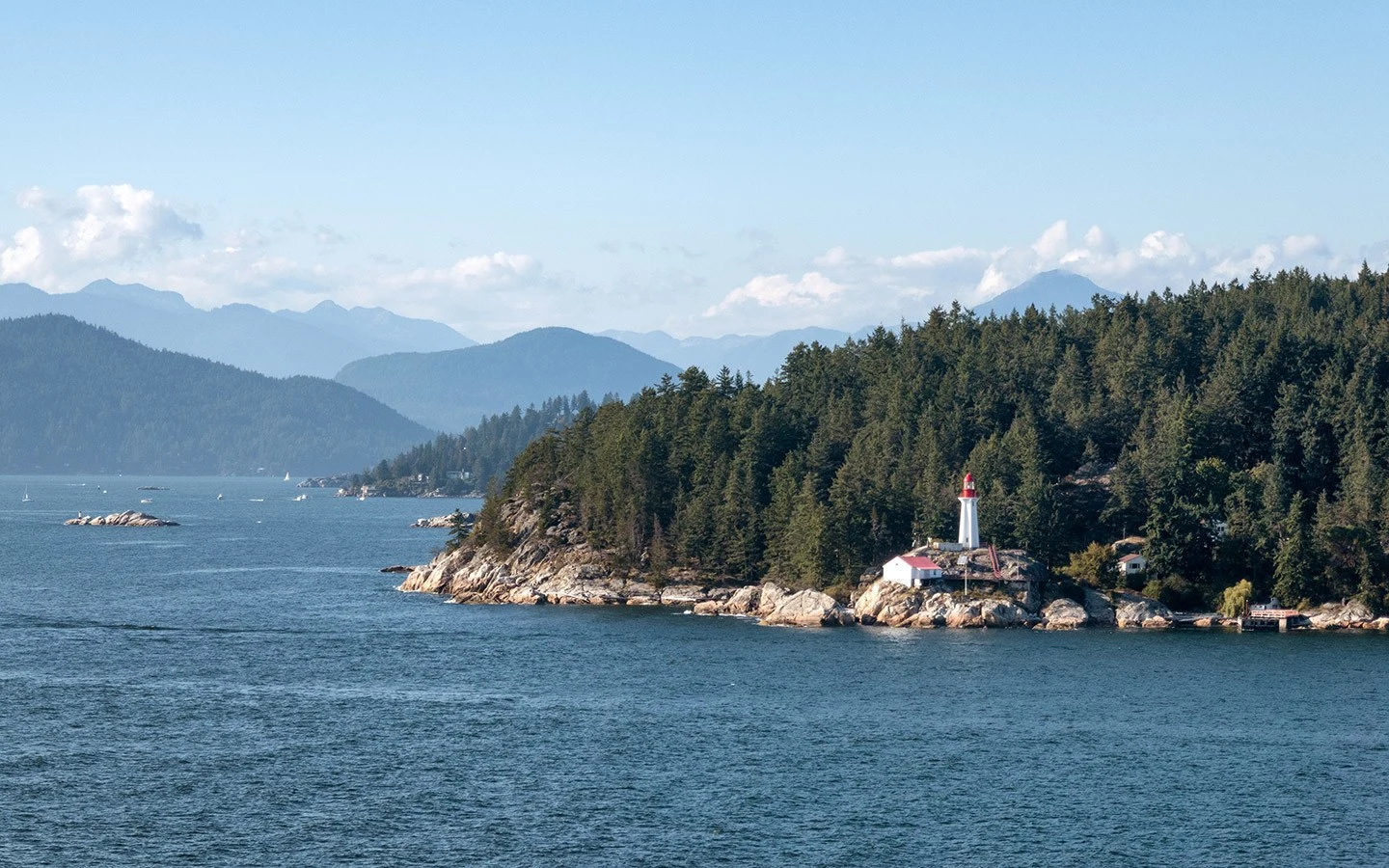
Sailing along the coast
Do you want to do a one-way trip or a round trip?
There are two types of Alaska cruise itineraries – one-way or round-trip. Each has its own pros and cons, so the best choice will depend on what’s most important to you. Round-trip itineraries are usually 7 days long, starting in Seattle or Vancouver and focusing on southern Alaska, usually sailing along the Inside Passage (a coastal channel that runs through the islands off the Pacific Northwest coast) all the way to Juneau and then back down.
The advantage of round trips is that they make travel planning much easier. You can get in and out of the same airport, and return tickets are usually cheaper than one-way or open-jaw tickets. But having to circle means you won’t cover as much ground, and while the stops on the way up and down are different, you’ll be turning back your steps along the way.
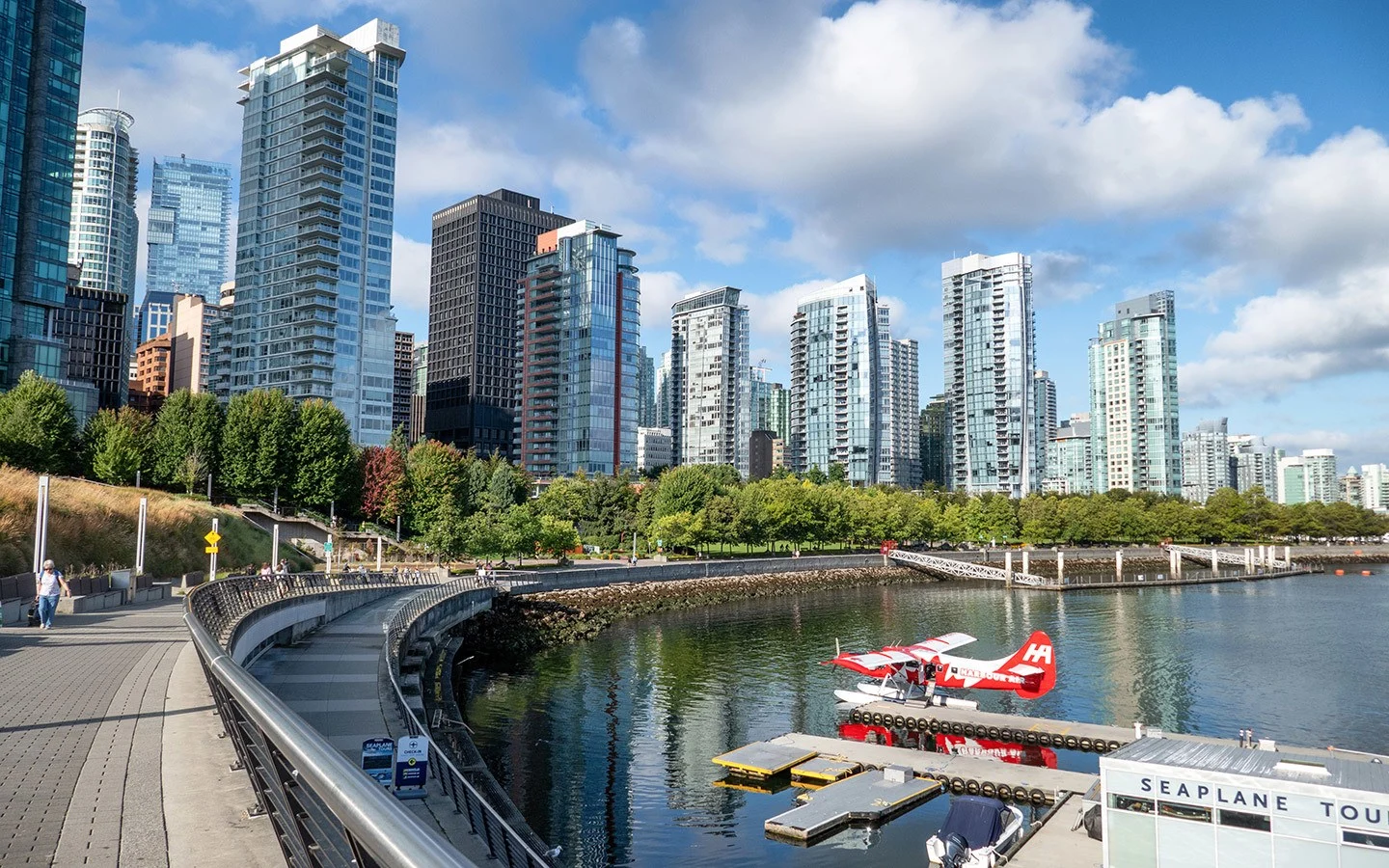
Vancouver
One-way trips usually start in Anchorage and travel south or start in Seattle/Vancouver and travel north. They are usually longer (10-14 days) and cross the Gulf of Alaska and the Inside Passage. As a result, you get to see more of the Alaskan coast, more stops and more opportunities to see wildlife and glaciers – an added bonus if you’re bothered by Alaska’s unpredictable weather.
Whether you start or end in Anchorage, it means it’s easy to join a land-based trip so you can see more of Alaska. But the downside to one-way cruises is that travel plans are more complicated and often more expensive. If you’re concerned about seasickness, the Gulf of Alaska can be more rugged than the secluded waters of the Inside Passage.
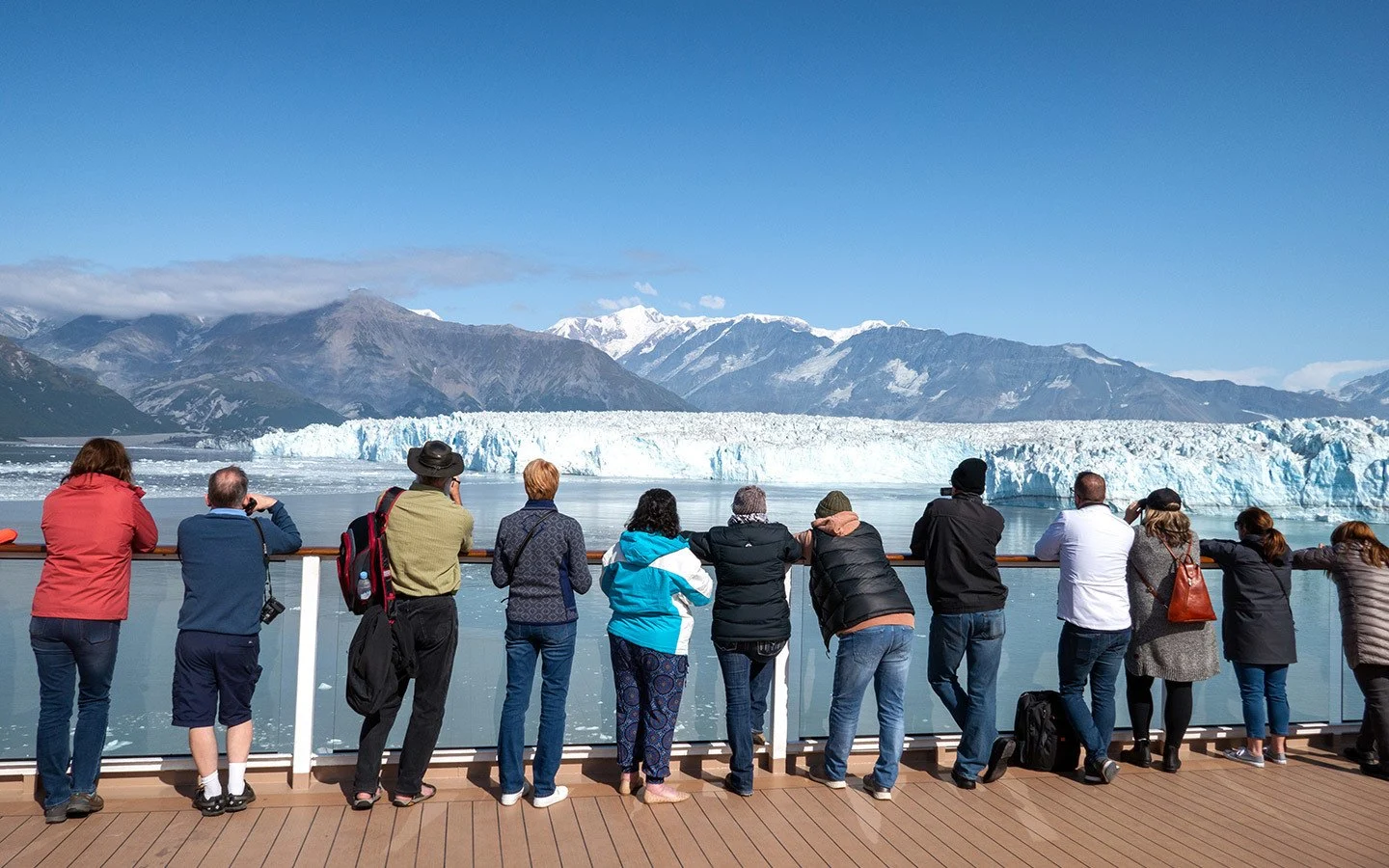
Watching the glacier from the deck
Where does the ship depart from?
The three main departure points for Alaska cruises are Seattle and Vancouver to the south and Anchorage to the north. Seattle is popular with cruisers from the U.S. because they don’t have to go through immigration and can often get cheap flights. But you end up crossing a large stretch of rough high seas, some short trips miss the inside passage, and ships must make mandatory stops in Canada, so time in Alaska is reduced.
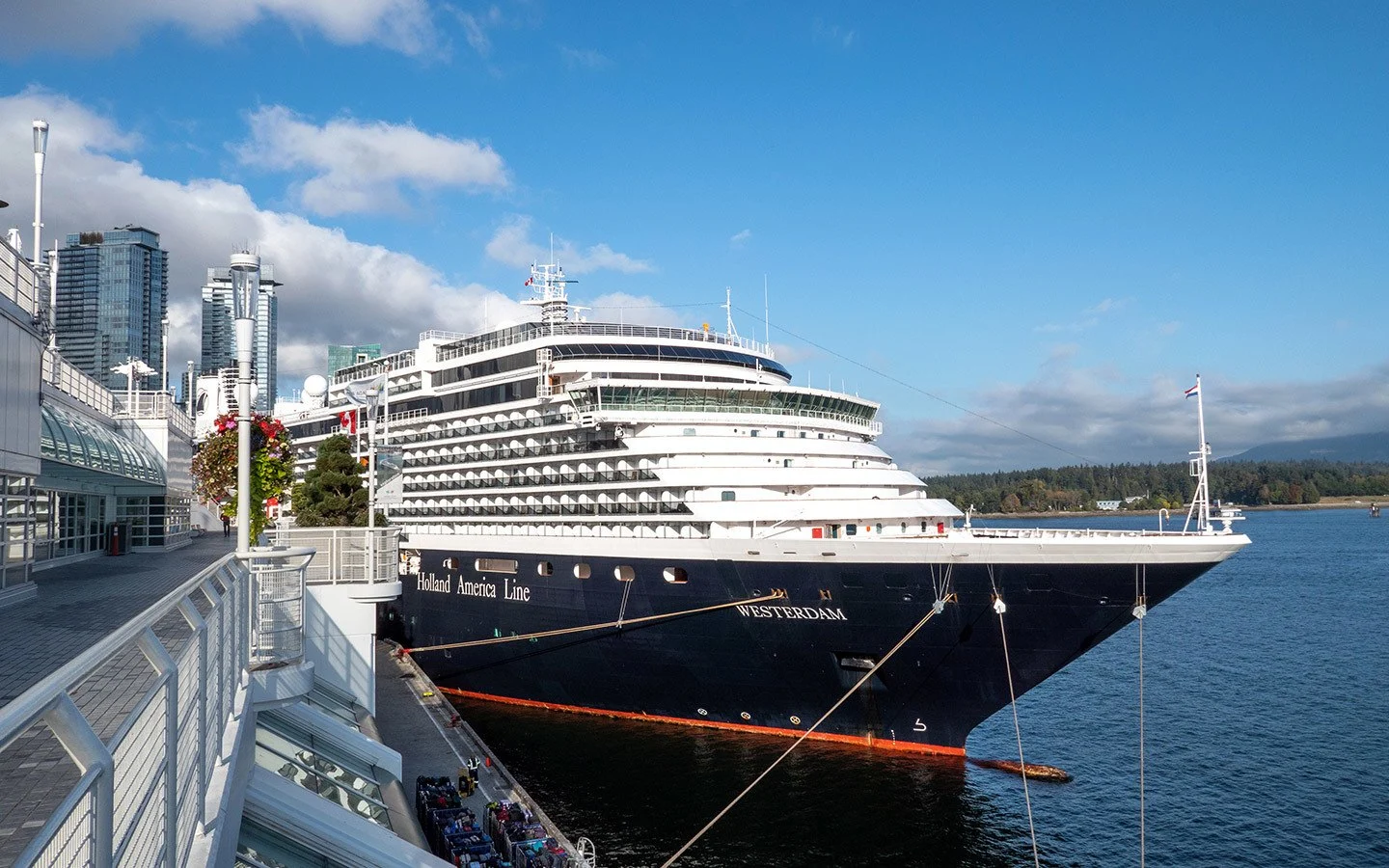
Vancouver’s Canada Place Cruise Terminal
Vancouver is the most popular departure point for Alaska cruises, so you’ll have the largest selection of cruise lines, itineraries and departures. If you’re traveling internationally, there are plenty of sailings here, and with most routes passing through the Inside Passage, there’s even more to see.
Most departures from Anchorage actually depart from the ports of Seward or Whittier, not from Anchorage itself. So you’ll need to allow time to get from the airport to the ship. It’s 60 miles from Whittier and 125 miles from Seward, so it will take at least a few hours, but an overnight stay is probably safer, especially if you’re flying internationally. However, there is some beautiful scenery along the way and the added benefit is that you can get there via the Alaska Railroad.
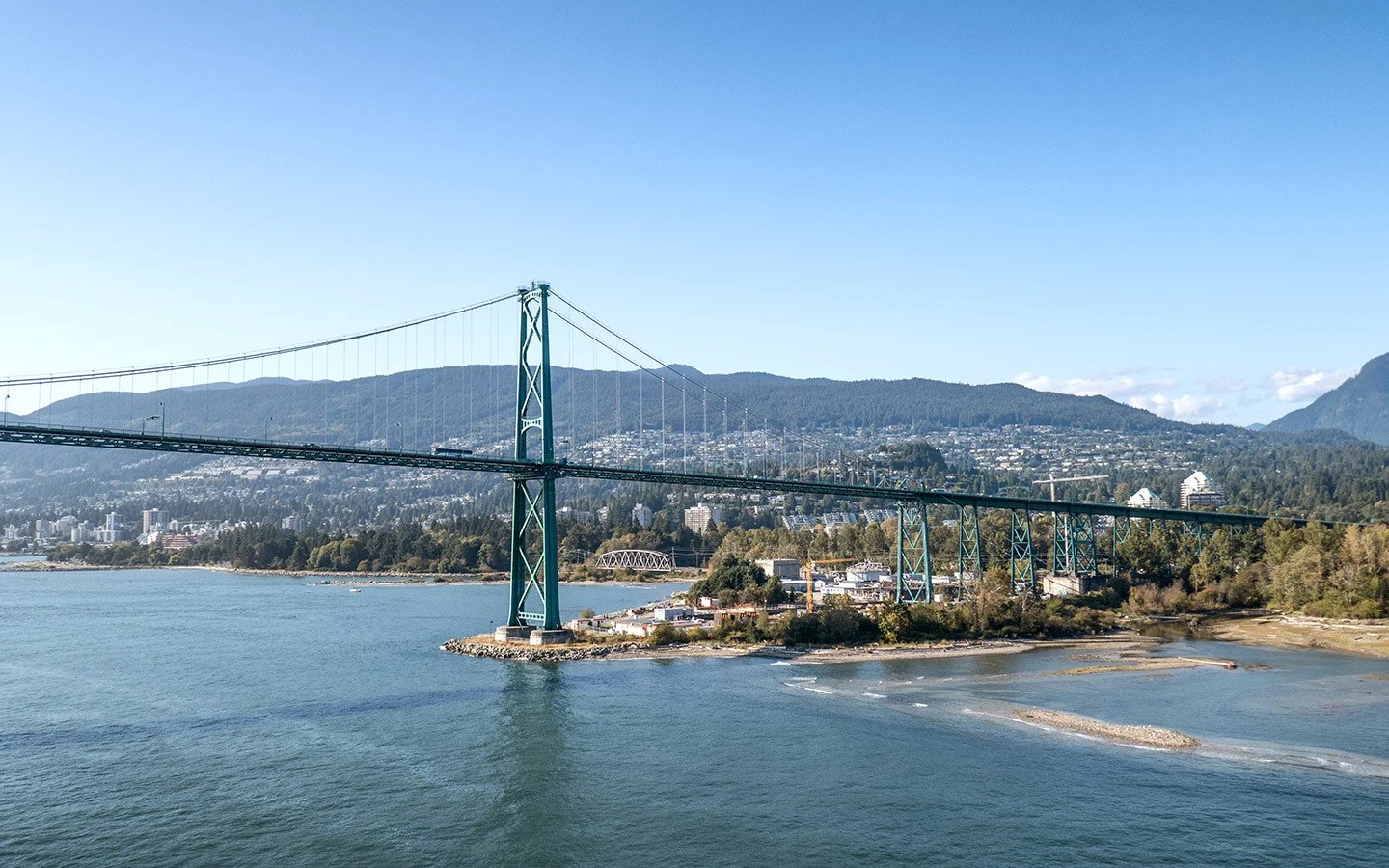
Sailing out of Vancouver
What is the best time of year for an Alaska cruise?
Alaska’s cruise season runs from late April/early May to early September and can be divided into three distinct seasons: spring, summer and fall. There is no real “best” time to take an Alaska cruise, as each season has different advantages and disadvantages – which may be related to weather, wildlife, price or crowd size.
It’s important to remember that Alaska’s weather can be unpredictable, so even in the height of summer, blue skies and sunshine are never guaranteed. I traveled in late August and was lucky enough to have some wonderful weather, but the same cruise a week earlier encountered dense fog and heavy rain, so there is always a bit of luck and you need to be prepared for changing weather conditions – bring wet weather gear and wear warm layers when traveling.
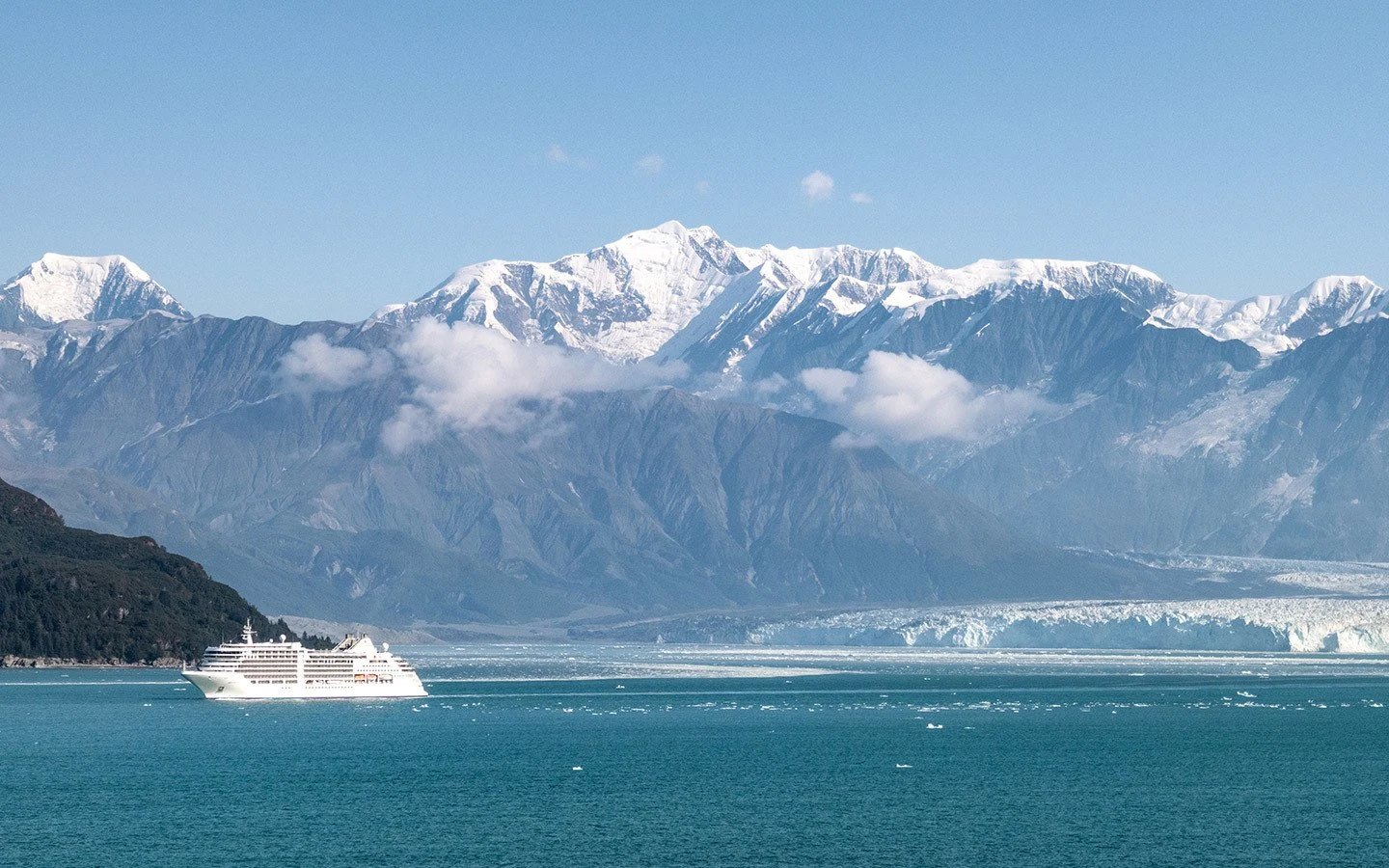
Alaska Peaks
Spring (April to May)
Daytime temperatures at the beginning of the season average around 8-11°C (45-52°F). However, they can drop below freezing at night and you may still see snow on the ground, as well as on the mountains through the interior passes. Rainfall is fairly low, but the sea can be choppy at times.
Spring is a great time to see wildlife, with animals such as bears and bobcats awakening from hibernation and seabirds and humpback whales migrating. There are also many wildflowers and the waterfalls are most impressive when the snow melts. Since it’s off-season and the ships are less busy, you’ll often find deals on cruise packages and discounts on short trips.
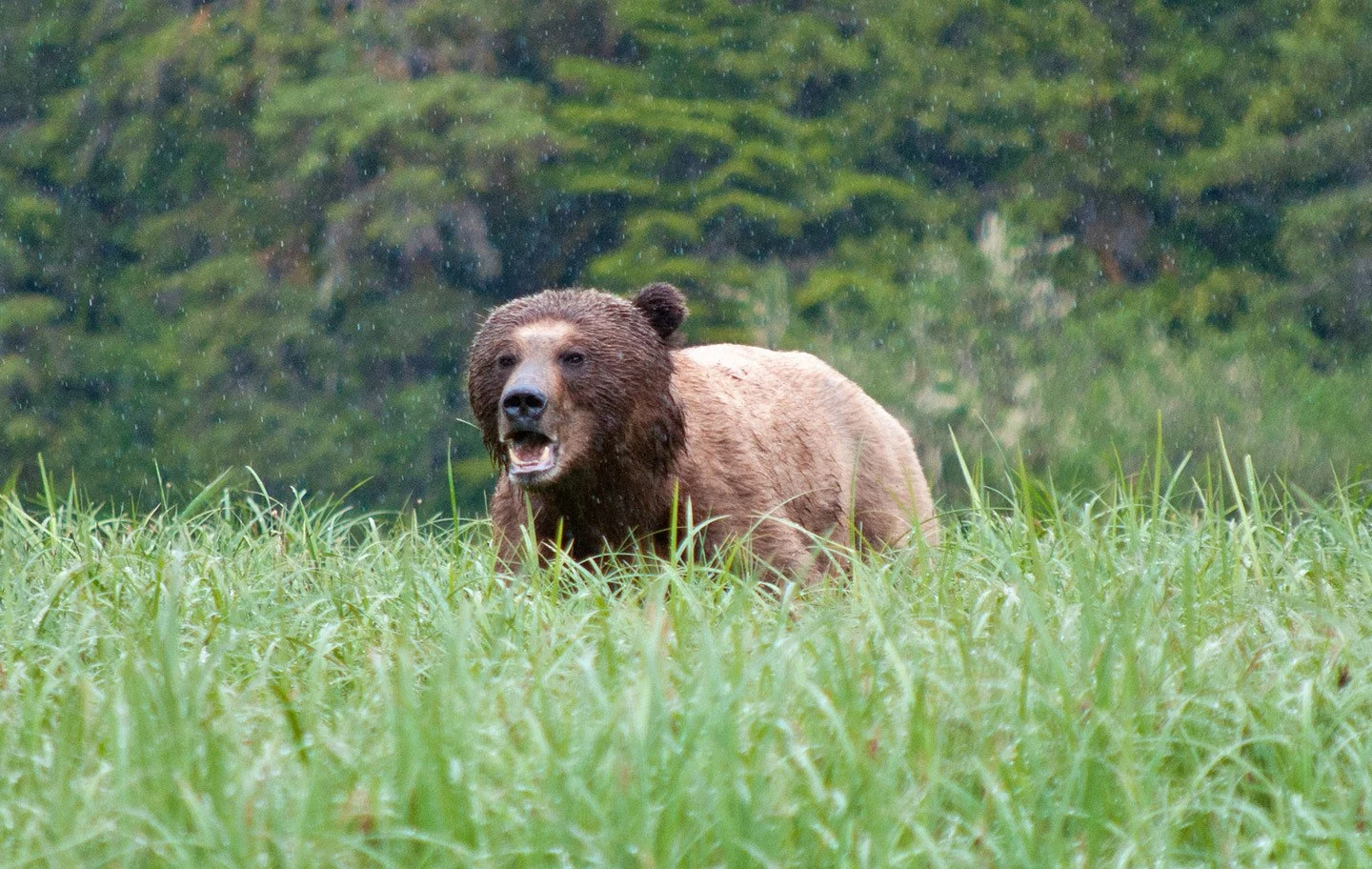
Bear watching in spring
Summer (June to early August)
Alaska’s summer is peak cruise season, with average temperatures of 13-16°C (55-65°F). Days are long, peaking at around 20 hours of sunshine around the summer solstice in June – even longer in the far north of Alaska. June tends to be fairly dry, but rainfall increases from July onward. Warmer days mean that glaciers are most active and you’ll see them break up more often.
High season means that ships and ports become more crowded. Prices go up and you need to book in advance – especially during the school holidays in July/August when more families travel. Wildlife tends to move inland in the summer, but now is a good time to spot marine wildlife, especially whales, but also sea lions and porpoises. Bears will also be out for salmon in late summer. Less popular is the influx of mosquitoes, so bring plenty of insect repellent.
